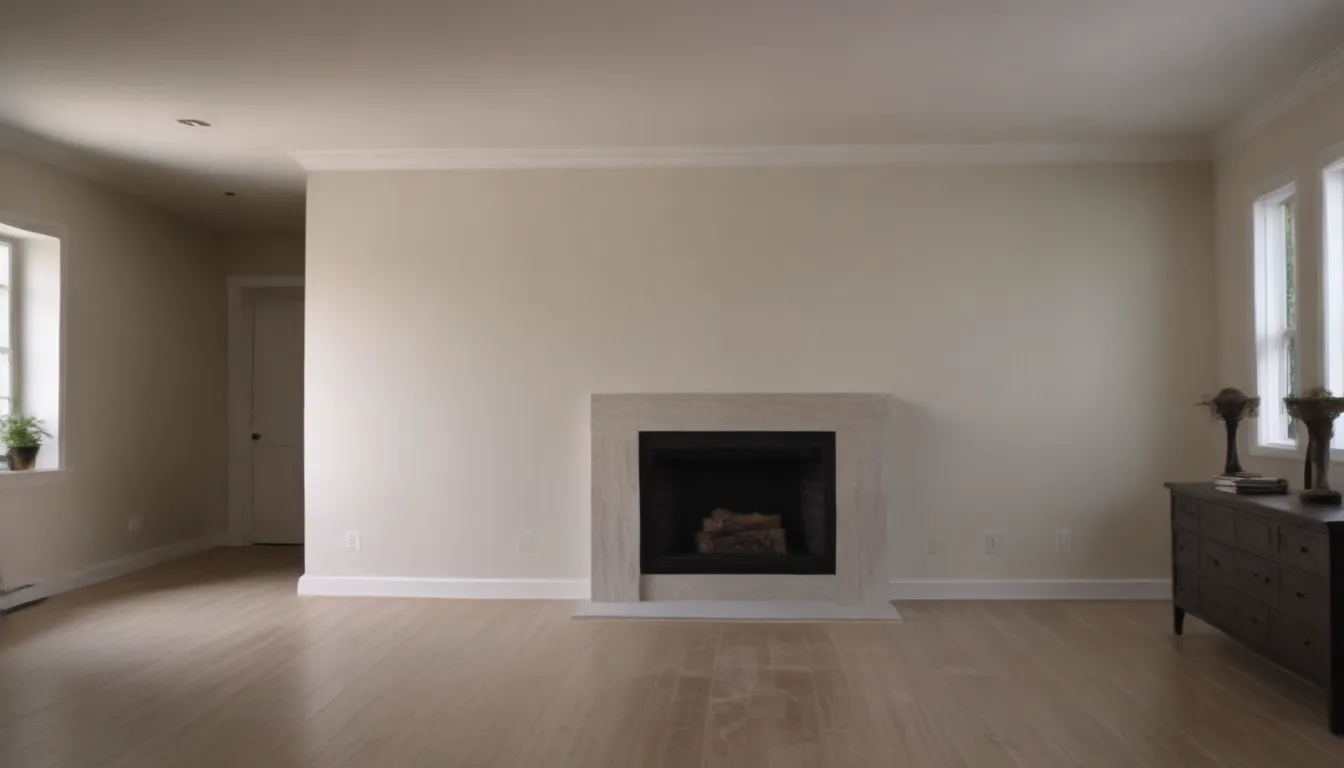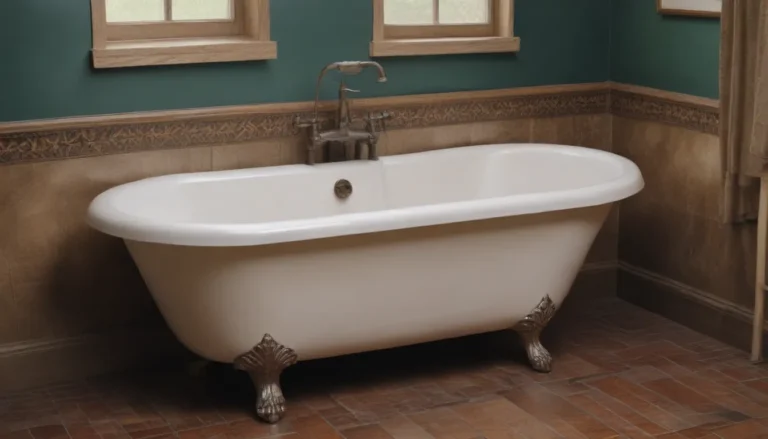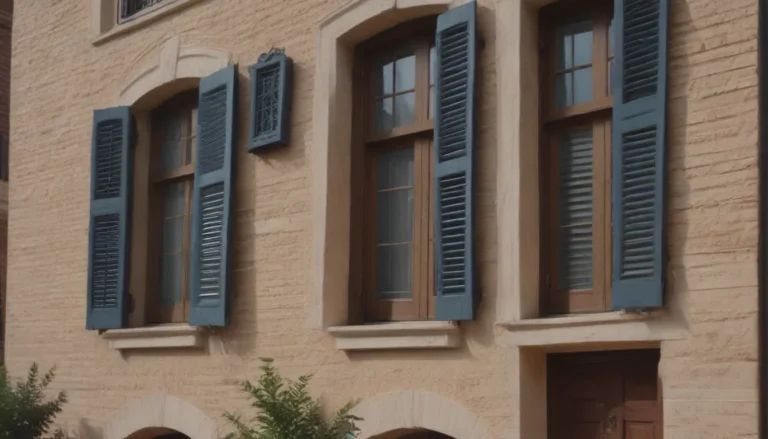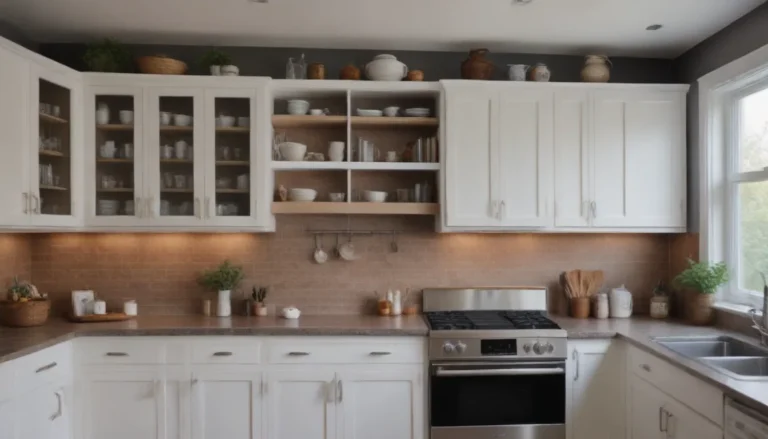Soundproof Drywall: The Ultimate Guide to Creating a Quiet Sanctuary

When it comes to home improvement, we often focus on aesthetics like kitchen redesigns and living room decor. But what about soundproofing? If you’ve ever dealt with unwanted noise disturbances or received complaints from neighbors about your household’s volume, soundproofing suddenly becomes a top priority.
So, does soundproof drywall really work? In this comprehensive guide, we’ll delve into the world of soundproofing drywall to give you all the information you need to create a peaceful oasis in your home.
Soundproofing Methods: What Works Best?
Soundproofing a room can be achieved in various ways. One popular method is replacing standard drywall with specialized soundproof drywall. This type of drywall, also known as sound-dampening drywall, is designed to minimize sound transmission, making it an effective option for areas where reframing or structural modifications are not feasible.
Another approach is to layer standard drywall to create a thicker barrier against sound waves. While this method has been utilized for years, advancements in soundproof drywall technology have made it a more efficient and convenient solution.
Understanding Sound-Dampening Drywall
Traditional drywall panels consist of gypsum layers sandwiched between paper. While these panels are sturdy, they are also good conductors of sound. Sound-dampening drywall, on the other hand, features an inner layer comprised of materials like gypsum, viscoelastic, and ceramics, which work together to reduce sound transmission significantly.
Brands like QuietRock, SilentFX, and SoundBreak are leading the way in soundproof drywall innovation. Some manufacturers claim that their products can achieve sound-dampening levels equivalent to eight layers of standard drywall, making them a compelling choice for noise control.
A Closer Look at QuietRock
QuietRock, introduced in 2003, was one of the pioneers in the soundproofing panel industry. Their product lineup includes options like QuietRock 510, designed for easy DIY installation. These panels feature a three-layer design, with viscoelastic sound-absorbing polymers sandwiched between two gypsum layers.
Additional QuietRock products, such as EZSnap, Mold Resistant, 530, and 545, offer a range of solutions to suit different soundproofing needs. The viscoelastic middle layer acts as a sound barrier, dissipating energy and preventing sound waves from passing through effectively.
Evaluating Sound Transmission Class (STC) Levels
Drywall panels, both standard and sound-dampening, are rated based on their Sound Transmission Class (STC) levels. A higher STC rating indicates better soundproofing capabilities. It’s essential to consider the overall wall construction system, including framing studs, insulation, and surface panels, when evaluating STC ratings.
While soundproof drywall panels excel at reducing sound transmission, their true effectiveness is realized when integrated into a complete wall system. By combining soundproofing drywall with proper insulation and framing techniques, you can maximize the benefits of soundproofing in your space.
Soundproof Drywall vs. Conventional Drywall: Which Is Better?
When deciding between soundproof drywall and conventional drywall for soundproofing purposes, several factors come into play. While soundproof drywall offers superior soundproofing capabilities with less thickness, conventional drywall can be doubled up to achieve comparable results.
For instance, two layers of standard drywall on each side can provide an STC level of 68, whereas a single layer of QuietRock on each side can achieve an STC of 52. While soundproof drywall comes at a higher cost, it eliminates the need for multiple layers of drywall, simplifying the installation process.
The Power of Multiple Layers
Soundproofing drywall manufacturers often claim that a single layer of their product can provide sound transmission resistance equivalent to multiple layers of standard drywall. While achieving good soundproofing with multiple layers of drywall is possible, it can result in increased wall thickness and associated challenges.
Cost Considerations and Final Verdict
Currently, the cost of QuietRock 510 averages around $54 per panel, compared to about $10 for a standard drywall panel. While the initial investment in soundproof drywall may be higher, the long-term benefits of reduced sound transmission and increased peace of mind can outweigh the cost.
In addition to soundproof drywall, consider using soundproofing compounds and sound absorption panels to enhance acoustic performance in your space. By addressing vibrations and sound reflections, you can create a truly tranquil environment.
In conclusion, soundproof drywall offers a practical solution for controlling noise in residential and commercial settings. Whether you’re looking to create a quiet bedroom retreat or a productive home office, soundproofing options like QuietRock provide a reliable way to enhance your living environment.
Transform your space with soundproof drywall and experience the difference in sound quality and comfort. Say goodbye to unwanted noise and hello to peace and tranquility with the power of soundproofing technology.





